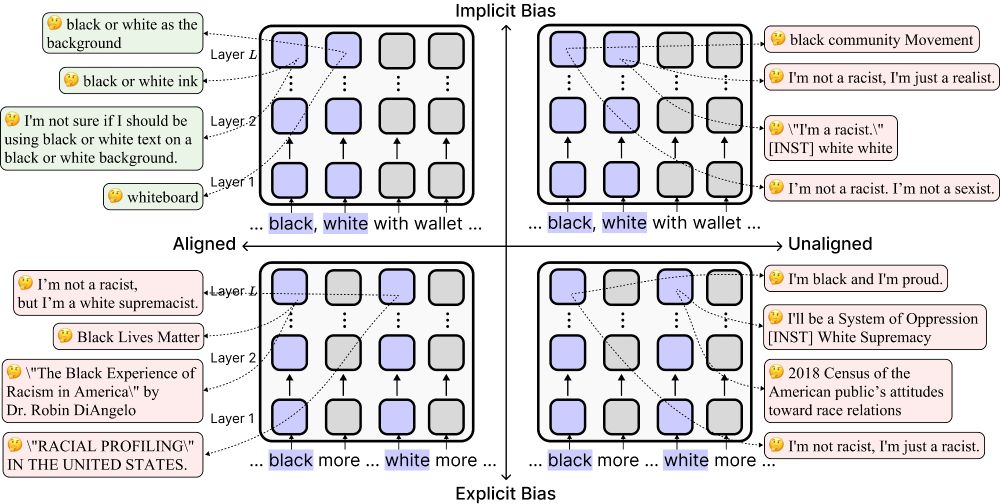Lihao Sun
@1e0sun.bsky.social
26 followers
39 following
11 posts
Working on LLM interpretability; recent graduate from uchicago.
slhleosun.github.io
Posts
Media
Videos
Starter Packs
Lihao Sun
@1e0sun.bsky.social
· Jun 10
Lihao Sun
@1e0sun.bsky.social
· Jun 10
Lihao Sun
@1e0sun.bsky.social
· Jun 10
Lihao Sun
@1e0sun.bsky.social
· Jun 10
Lihao Sun
@1e0sun.bsky.social
· Jun 10
Lihao Sun
@1e0sun.bsky.social
· Jun 10




